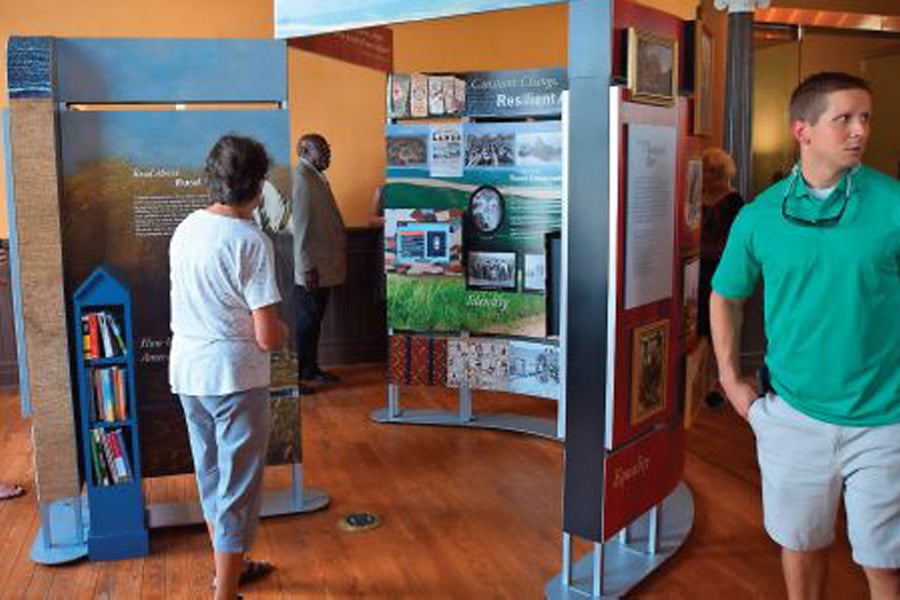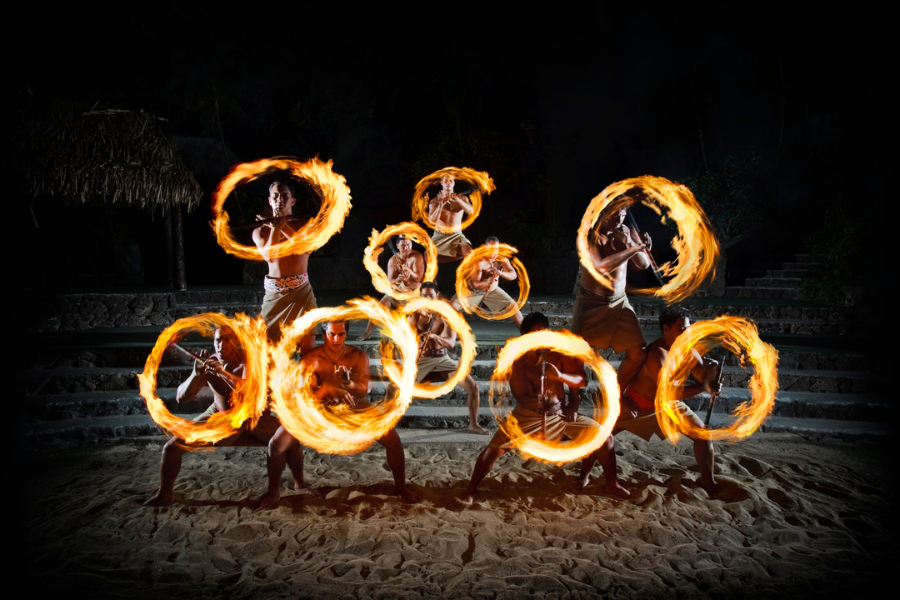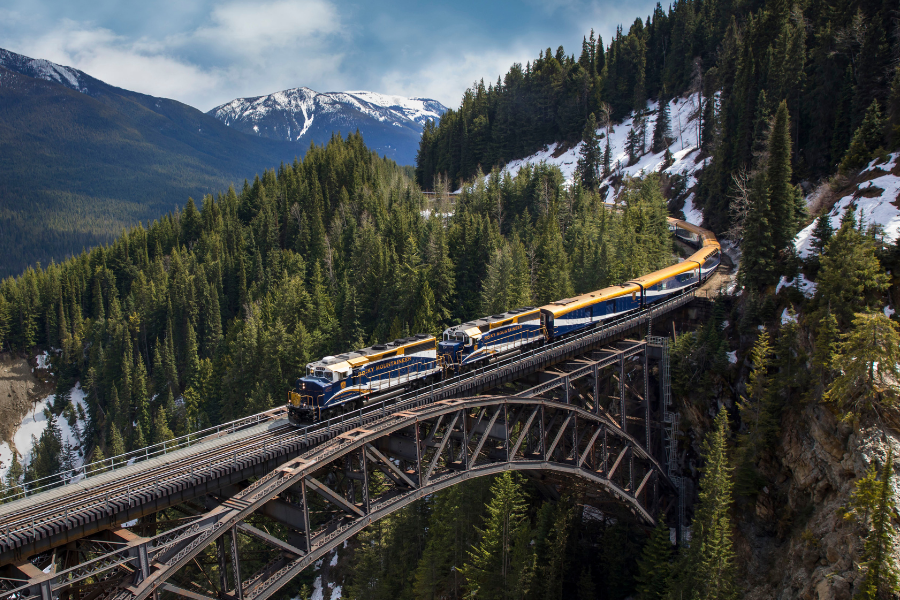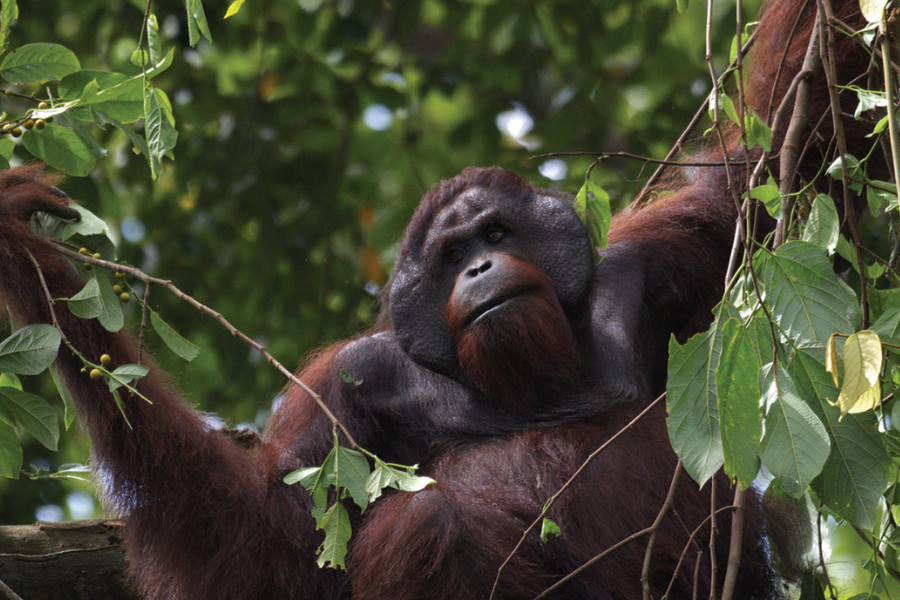Coming to a Crossroads

There has been much discussion in recent years about the gap between rural and urban areas and the general consensus (arguably, of course) is that the differences between the two have never been greater. But are those things that separate us – whether politically, economically, or socially – real or imagined?
How can we find ways to overcome those disparities to join together as Hoosiers?
A new exhibit coming to Indiana in September will examine those questions, highlight the changes that have affected rural communities and their fortunes over the past century, and explore what sets them apart from their metropolitan neighbors.
Crossroads: Change in Rural America is a traveling exhibition developed by the Smithsonian’s award-winning Museum on Main Street program that works with communities with populations of less than 15,000 across the United States.
Indiana Humanities is bringing the Crossroads exhibit to Indiana for the first time ever as part of its new two-year initiative called INseparable. It invites Hoosiers to explore how we relate to each other across boundaries.
“It’s a celebration of these communities,” said Indiana Humanities program manager Megan Telligman, “but it doesn’t ignore the fact that there’s a lot of anxiety in rural America and certainly not for the first time.” Topics covered in the multi-media and kid-friendly exhibit range from changes in land use and new technologies to manufacturing changes and immigration.
“Since it is a national exhibit, we’re talking about large-scale movements that are happening over time but we’re lucky to be hosting in Indiana at this moment – it’s the 100th anniversary of the census that said people in our state lived in more urban areas than rural as they had previously,” said Telligman.
According to the Smithsonian, the shift was part of one of the biggest changes during that time where economic and social changes moved millions of Americans into urban areas. In 1900, 40 percent of Americans lived in rural areas, compared to 18 percent in 2010. In Indiana, the percentage dropped to 14 percent, according to the census.
Though less than 10 percent of the United States landmass is considered urban, rural communities are the minority and often thought of as “hanging on by a thread—suffering from outmigration, ailing schools, and overused land,” according to the Smithsonian.
The exhibit asks, “Why should revitalizing the rural places left behind matter to those who remain, those who left, and those who will come in the future?” when all Americans benefit from rural America’s successes.
The six sites the exhibit will travel to beginning in September 2019 through June 2020 are as follows:
Dillsboro branch of the Aurora Public Library in Dearborn County, Sept. 7 to Oct. 20.
Washington County Historical Society in Salem, Oct. 26 to Dec. 8.
Jennings County Historical Society in Vernon, Dec. 14 to Jan. 26, 2020.
Elkhart County Historical Museum in Bristol, Feb. 1, 2020 to March 15, 2020.
North Manchester Center for History in Wabash County, March 21, 2020 to May 2, 2020.
University of Southern Indiana/Historic New Harmony in Posey County, May 9, 2020 to June 21, 2020.
Each community will host for six weeks and receive training, funding, or other resources from the Smithsonian, Indiana Humanities and the Office of Community & Rural Affairs. Every site will also have it’s own unique component focused on that particular community’s history such as special programs, reading discussions, or walking tours.
Telligman said her hope is to bring people from cities like Lafayette, Bloomington, Fort Wayne, and Evansville to visit smaller towns and think about how they can work together. “We hope it’s transformative for these communities to reflect and think about the future and that it gives people a reason to travel to rural Indiana if you don’t already.”
For more information visit IndianaHumanities.org. Visit MuseumOnMainStreet.org for the full Crossroads: Change in Rural America tour schedule.
Leslie A. Bailey is a writer and editor living in Indianapolis, Indiana.





